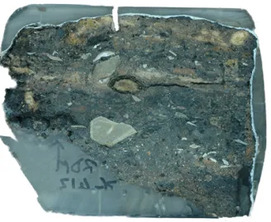Innovative Dose Rate Determinations for Luminescence Dating
Luminescence dating relies on the fact that mineral grains (crystals) are exposed to sources of natural radiation, which causes charge to be stored in electron traps within the crystal lattice. The radiation dose rate from the grain’s local environment, which ideally should be homogeneous, is what is routinely measured for luminescence dating. However, there are often local, sub-millimetre, sources of radiation heterogeneity that adversely affect a desired luminescence age. For the past 15 years, researchers have been developing Monte Carlo simulations and computer software that can correct for these heterogeneities. These new computer modelling techniques, and concomitant advances in statistics, allow more accurate luminescence dates to be obtained and also allow researchers access to a wider range of samples for an even greater number of dating applications.
Innovative Dose Rate Determinations for Luminescence Dating Read More »


